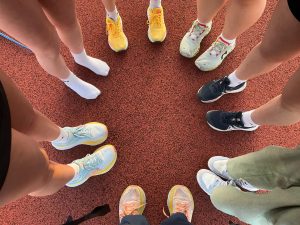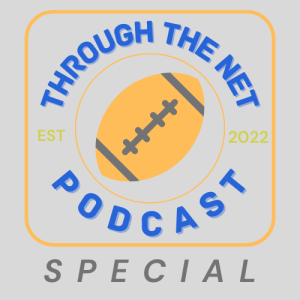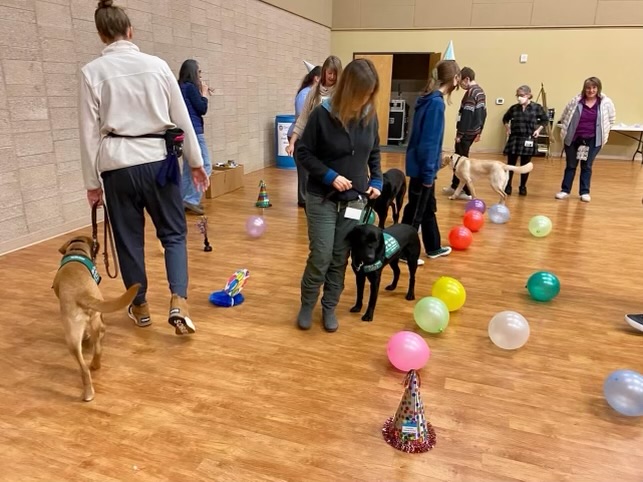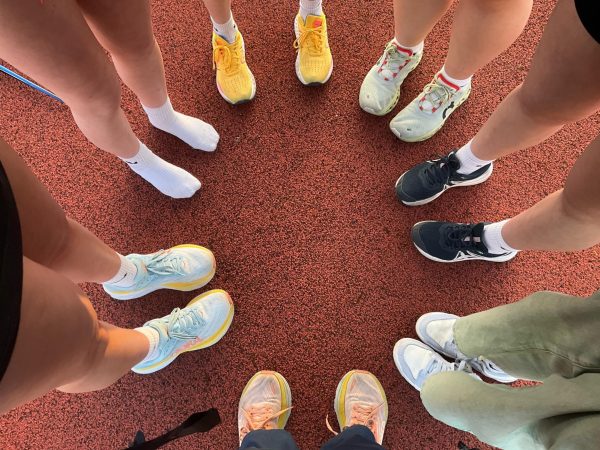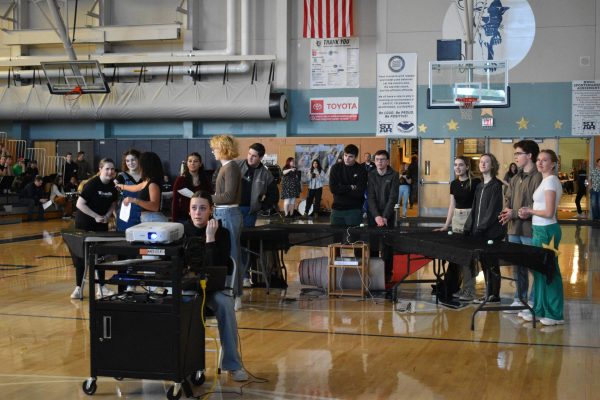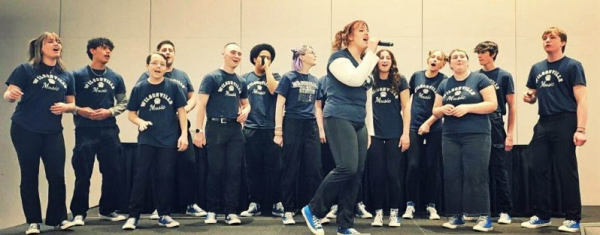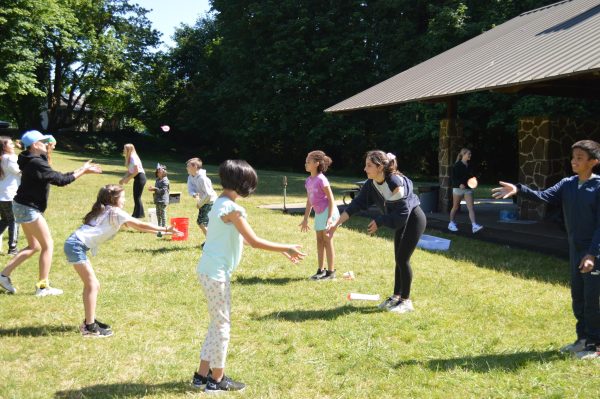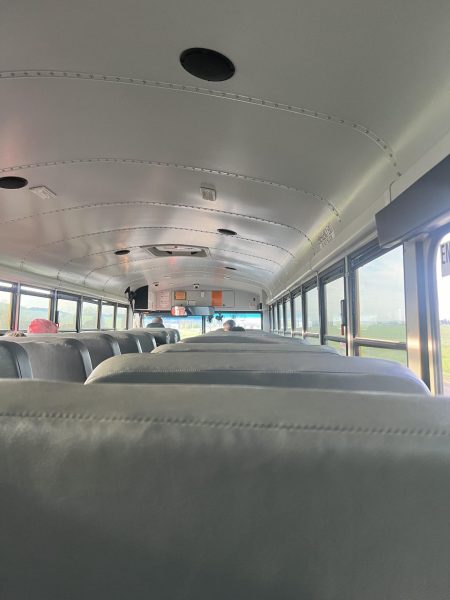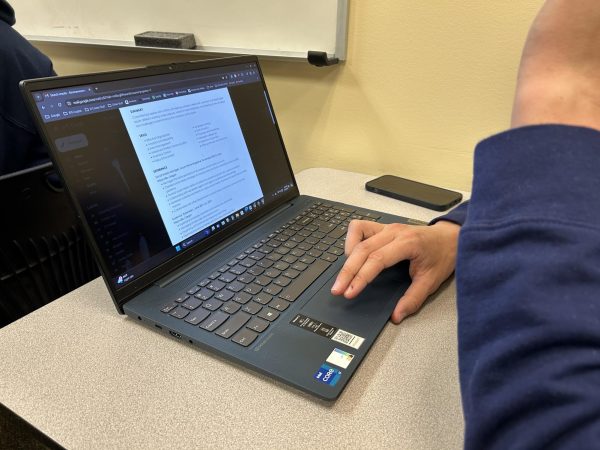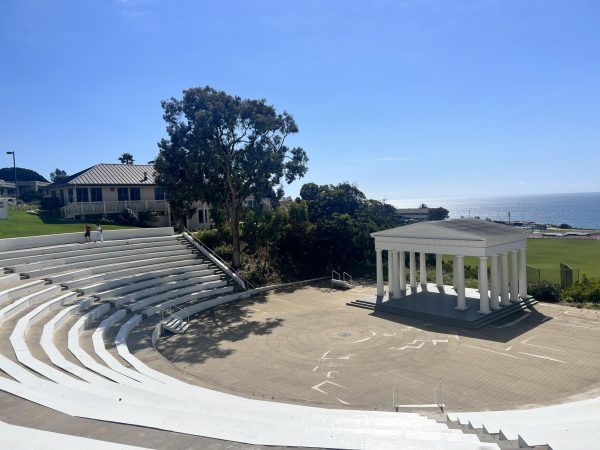Local seniors combine their love of dogs with service to the community
Anne and Randy King train dogs for non-profit organization–Guide Dogs for the Blind.
In 1942, Lois Merrihew and Don Donaldson dreamt of creating the first guide dog training school on the West Coast. A business founded on non-profit beliefs, and the goal of helping clients lead more safe, independent, and exclusive lives. As years progressed, more outlets for this program were appearing, eventually becoming publicly recognized as “Guide Dogs for the Blind.”
Guide Dogs for the Blind (GDFB) is an organization and volunteer program that supports and provides services for visually-impaired people, with the goal of providing them a better, and more fulfilling quality of life.
The main objective of this establishment is to breed, and raise puppies who will then go through a specially designed training program and hopefully become a legal Guide.
Anne and Randy King–who have volunteered as puppy raisers in this program for many years- were asked about what motivated them to support this organization.
Why did you choose Guide Dogs for the Blind? Anne King replied, “We like to volunteer, and we like dogs. It has a lot of benefits from learning new training techniques and knowing you are helping. You don’t feel like you’re alone- you’re surrounded by people who can help you. It’s fun and rewarding, while also making you feel good.”
Through the program, Anne and Randy King have collectively raised 11 Labrador Retriever puppies, each kept for a year, to 14 months.
Anne and Randy had to be trained before they got an 8 week old puppy. There are differences between raising a household dog and one raised as a Guide Dog.
“The dog has to be more exposed to public areas, maintain focus, have great house and greeting manners, obey commands and many more.”
Guide dogs must have a calm, but brave demeanor in order to successfully “lead” a visually-impaired person. Along with this, they need to be adequate at ignoring distractions around them, which has become an uprising issue for many puppy raisers as they’re training, due to the numbers of people wanting to give the puppies attention.
“Never distract a puppy in training and never distract a dog that is guiding a blind person. They are working, they are not a pet at that time.You can admire them from afar, but just do not interrupt them. They have a job to do”, Anne and Randy expressed further opinions on their personal advice to bystanders and what they feel others should know about this process.
This organization has proved to help hundreds of people around the US. “After having my guide dog Dynamo for a year, a piece of my soul was fulfilled”, an alumni of GDFB, Tom expressed through the programs website.
To finalize this topic, Anne and Randy were asked about whether or not they would encourage others to take part in this volunteer program,
“Absolutely. Being a part of this program is very rewarding and you learn things you never knew before as far as how to raise a dog differently, and how to look at it through a visually-impaired person’s perspective. A lot of things can be learned within the Guide Dog community, and the other side of it is we also know there are a lot of people out there that need a dog,” Randy exclaimed.

